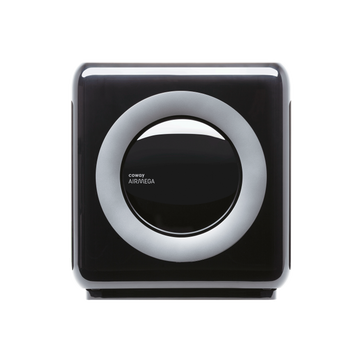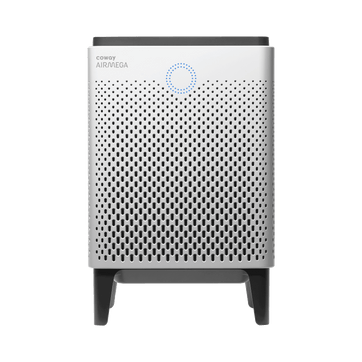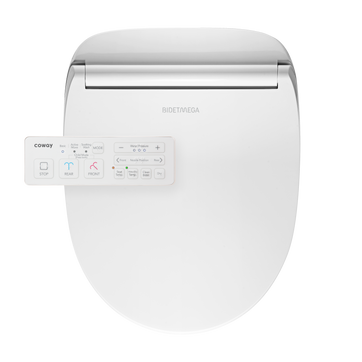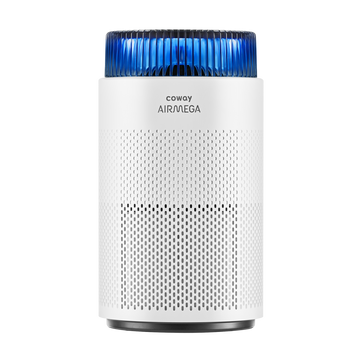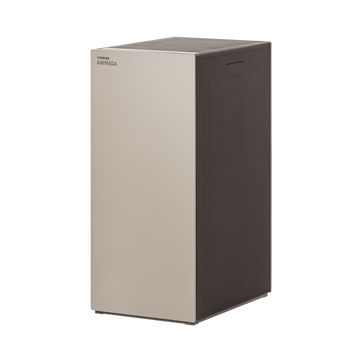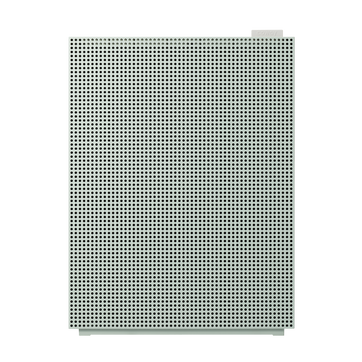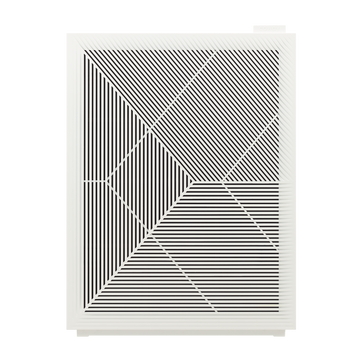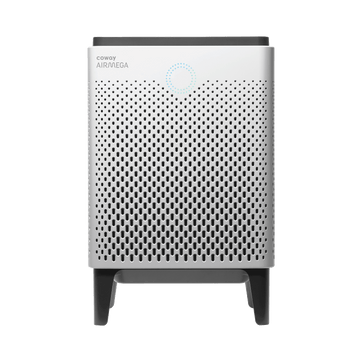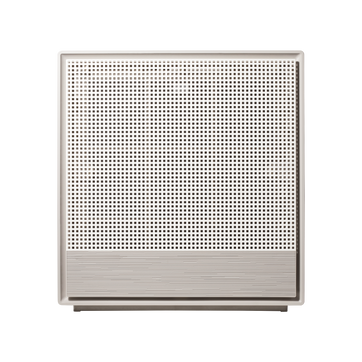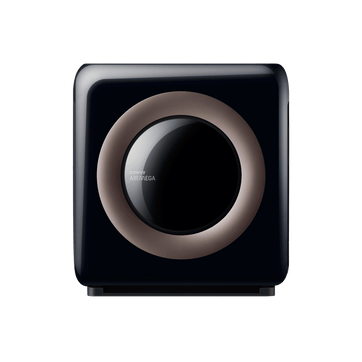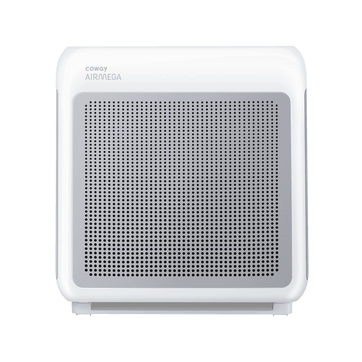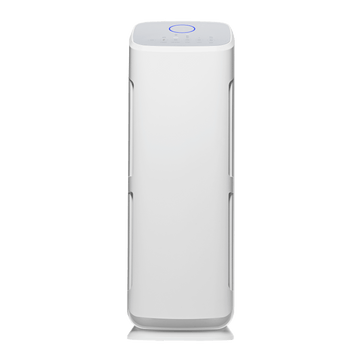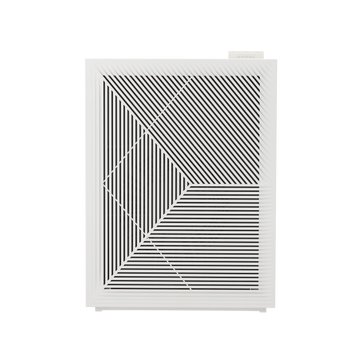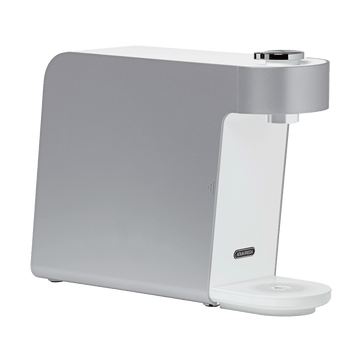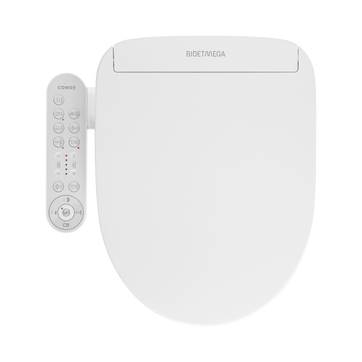
Where bidets are more common than phones
The word “bidet” has become synonymous with France. This is with good reason: the bidet is believed to have been invented there and the word itself is, in fact, the French word for “little pony” (more on that). And while bidets tend to be incredibly popular in France, it is another European nation that has adopted the bidet like no other: Italy.
Yes, that Italy.
And if you’re asking yourself how popular are bidets, actually? Well, you’ll find one in 97% of homes across the country. To put that in perspective, only 94% of homes have televisions, 74% have Internet access and less than 80% have phones (smart or otherwise).
Wondering how this happened? Read on.
Why Italy?
As mentioned, the bidet is believed to have been invented and named in France. While this is true, the first written reference to a bidet dates back to 1726—a reference penned by none other than Maria Carolina of Austria, Queen of Naples and Sicily. In her letter, Maria requested a bidet for her personal bathroom in the Royal Palace, located in Caserta, just north of Naples. (And if you’re wondering how an Austrian-born archduchess became ruler over Naples and Sicily…let’s just say her father was the Holy Roman Emperor and her husband was a big deal.)
At the time of her writing, a bidet would have been virtually unrecognizable compared to the porcelain bowls used today. Instead, it would most likely have been made of wood and resembled a stool or bench, similar to a chamber pot.
So, did Maria single-handedly sparked a hygiene revolution across the country? The consensus seems to be that it’s possible.
Status symbol?
Records from that time period are spotty. But some have theorized the rise in bidet popularity stemmed not from cleanliness, but from clout. Bidets were symbols of royalty. And unlike France, who did not look too favorably upon aristocracy, they were trend-setters in Italy. (Not-so-fun-fact: Marie Antoinette was Maria Carolina’s sister.)
Religious influence?
As daughter of the Holy Roman Emperor and having the City of Rome under her stewardship, Maria Carolina was brought up in a religious culture that celebrated purity and cleanliness—something that was not common in a time period when others were still wiping with cobs of corn (not a joke).
Contrary to what some may say, that religious prudishness has prevented the bidet from becoming commonplace across the world, evidence indicates that this forward-thinking sense of hygiene paired with a strong religious influence has done anything but—at least in Italy.
Bidet laws
You read that correctly. Since 1975, Italian building codes mandate that bidets be installed in every bathroom.
Why?
As part of a reform to improve hygienic conditions across the country.
The truth is, bidet laws (both religious and secular) are not unique to Italy. For example, most Islamic countries follow and enforce a code known as Qadaa' al-Haajah that encourages believers to wash after defecation. But the adoption level in Italy is truly staggering and probably one of the most significant causes of their commonplace across the country.
(It should be noted that in Islamic countries, they prefer “bidet showers,” which are more closely related to a sink sprayer than a toilet.)
Types of bidets you’ll see
If you visit Italy, you’ll see all types of bidets: portable bidets, stand-alone bidets, bidet attachments, bidet showers, bidet seats and all-in-one units.
The most common for that region are stand-alone bidets since today’s all-in-one bidets, bidet attachments and bidet seats (like the Coway Bidetmega models) were not even invented until the last decade or so.
So is a bidet right for you?
Well, you know the expression, “When in Rome, do as the Romans Do?” Romans use bidets. Maybe you should too.
Disclaimers
1Coway air purifiers have been proven to trap dust, pollen, dander, viruses and bacteria in the air based on KCL (Korea Conformity Laboratories) testing.They have been tested in a 30㎥ size chamber according to the Korea Air Cleaning Association standard (SPS-KACA 002-132:2022 Modified) to measure the 0.01㎛ size of particle removal rate. It was tested on maximum airflow speed in normal room temperature and humidity conditions. The performance may vary in the actual living environment of customers.
→ Tested with Airmega Aim, 100, 150, 160, AP-1216L, AP-1512HH, AP-1512HHS, 200M, Icon, IconS, 230, 240, 250, 250 Art, 250S, 300, 300S, 400, 400S, ProX
299.97% of viruses, bacteria, fungi and pollen were verified to be removed from the air for Coway air purifiers which have Green True HEPA™ filter applied based on the Japan Food Research Laboratories(JFRL) testing according to JEM 1467 standard.
→ Tested with Coway Airmega AP-1512HH, AP-1512HHS, 250, 250 Art, 250S, 300, 300S, 400, 400S
→ All tested by JFRL and received above result within below time.
All tested by JFRL and received above result within below time.
- Virus: Tested with Escherichia coli phage ΦX174 NBRC 103405, 60 minutes
- Bacteria: Tested with Staphylococcus epidermidis NBRC 12993, 60 minutes
- Fungi/Mold: Tested with Penicillium citrinum NBRC 6352, 60 minutes
- Pollen: Tested with Cedar Pollen extract, 60 minutes
3Aerosol test conducted in a Biosafety level 3 laboratory with two Coway air purifier models, Coway Airmega 250 and 400 for removal of SARS-CoV-2 Aerosol by US based MRI Global, a not-for-profit laboratory and partner of US Department of Defense. The test was conducted in a 13.1ft3 chamber. Virus was aerosolized for 15 minutes and the product was turned on high for 2 minutes. Result showed each product effectively removed over 99.98% of the SARS-CoV-2 in 2 minutes. This is a result from a laboratory experiment condition and result may vary in different conditions. This result does not imply it kills SARS-CoV-2 or prevents the transmission of Covid-19. Coway Airmega 250S and 400S are identical to the tested models and has equal performance with an additional mobile connectivity function.
4The concentration of ammonia, acetaldehyde and acetic acid were proven to be removed within 30 minutes by FCG Research Institute, Inc. Human Life Science Lab. It is not a demonstration result in the actual use space. Not all odors and gases may be supported. → Tested with Coway Airmega 150, 160, AP-1512HH, AP-1512HHS, 400, 400S
5The coverage area of the air purifier is based on an area where the air cleaner can make two air changes per hour (ACPH). An air change per hour translates to how many times an air purifier can clean an area, assuming the height of a ceiling to be 8 ft, in one hour. Therefore ** means two air changes per hour means that the cleaner can clean the area once every 30 minutes and * means air changes per hour means that the air purifier can clean the area once every 60 minutes.
10Terms and conditions apply. Discounts, including promotions, coupons, bundle discount and subscription discount, cannot be stacked on top of other coupons. During promotional periods, discount codes will not be able to be applied to orders. Promo codes may apply to products only—filters, accessories, and new products within 3 months of the release date are not included.
